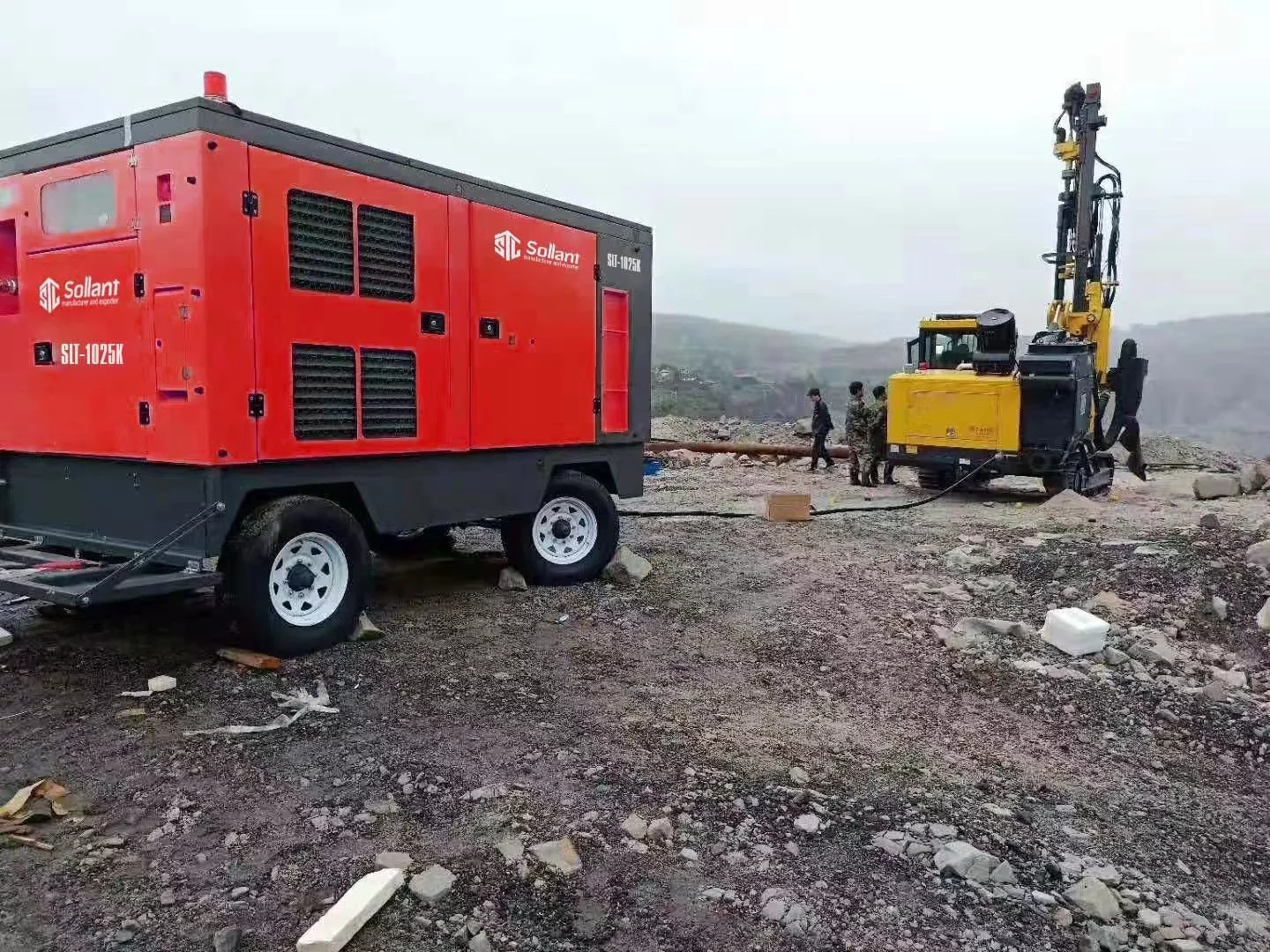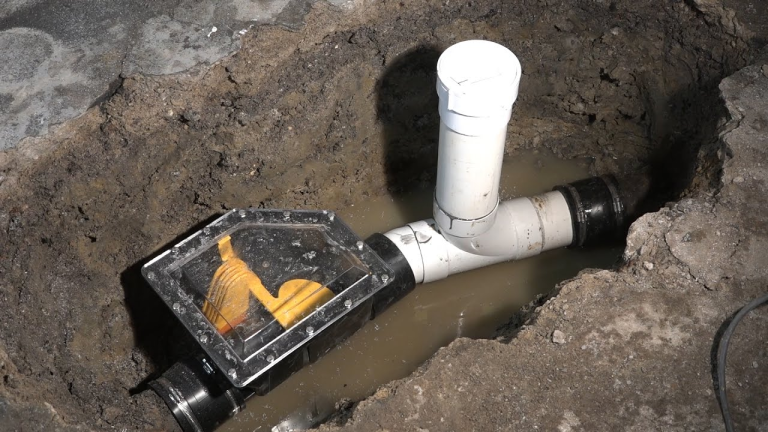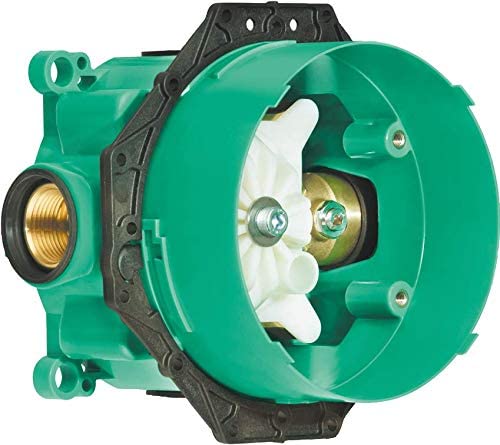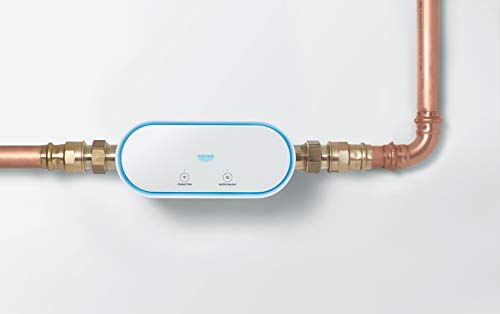Enhancing Reliability: Geogrid Roll in Industrial Air Compressors Unveiled
An industrial air compressor is a mechanical device used to generate pressure in compressible fluids or gasses, the most common being air. A variety of compressors are used in the industry to provide functions such as:
- instrument or shop air
- powering air tools, abrasive blast equipment, and paint sprayers
- shifting refrigeration and air conditioning refrigerants
- propelling gasses through pipelines
Industrial air compressors stand as vital mechanical devices instrumental in generating pressure within compressible fluids or gases, with air being the most ubiquitous medium. Across various industries, these compressors serve multifaceted functions, including:
- Supplying instruments or shop air
- Empowering a spectrum of air tools, abrasive blast equipment, and paint sprayers
- Facilitating the seamless transition of refrigeration and air conditioning refrigerants
- Propelling gases through intricate pipelines
Comparable to pumps, compressors are classified into positive-displacement or centrifugal mechanisms. Diverging from the predominantly centrifugal nature of pumps, compressors predominantly operate within the positive displacement category.
Embodying versatility, industrial compressors span a wide array of sizes. Ranging from compact units capable of fitting into gloveboxes—ideal for tire inflation—to monumental turbo compressors integral in facilitating streamlined operations within pipeline services.
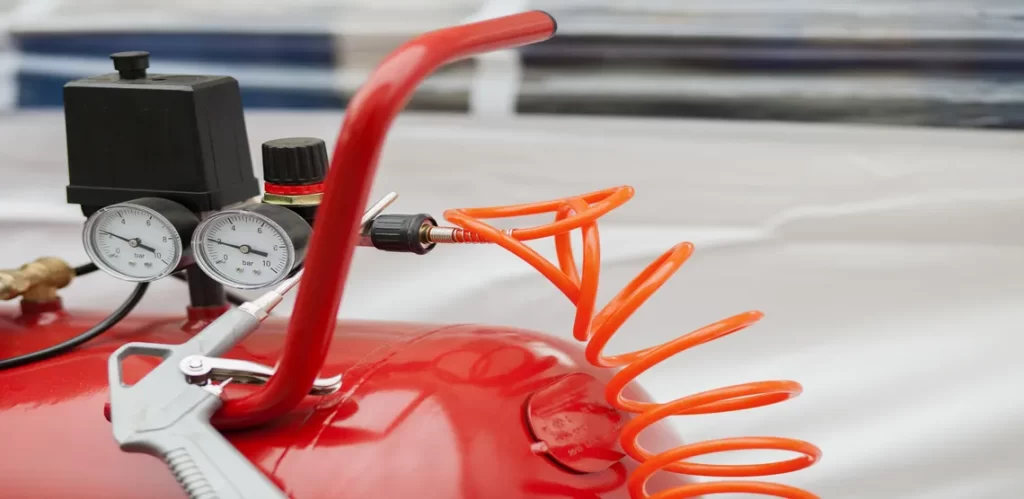
Power Generation through Air Compression
The compression of air elevates its pressure beyond atmospheric levels, necessitating an input of energy. Consequently, as the compressed air strives to return to its equilibrium state, it releases energy while expanding back to atmospheric pressure. This distinctive process allows air compressors to achieve remarkably high pressures, effectively harnessing potential energy. Notably, compressed air distinguishes itself from other power sources by circumventing the need for energy conversion at the application point. Its hallmark lies in the exceptional power-to-volume or power-to-weight ratio exhibited by pneumatic or compressed air devices.
Despite not matching the speed of electricity or the deliberateness of hydraulics, compressed air finds widespread applications. It often emerges as the preferred choice, especially in scenarios prioritizing cost-effectiveness and efficiency.
The primary advantage of compressed air revolves around the enhanced control it offers, devoid of the hazards associated with electrical shock or the fire risks linked to oils. However, strict adherence to safety codes and regulations governing compressed air handling remains imperative.
Active Air and Energy Air Integration with Geogrid
Active air denotes compressed air directly interacting with products, proving invaluable in preserving food, beverages, electronics, pharmaceuticals, and chemical industries. On the other hand, energy air characterizes compressed air utilized for transmitting and storing energy, predominantly used in powering pneumatic tools and driving mechanical work.
Given the divergence in applications, ensuring superior active air quality becomes paramount, particularly when compared to energy air. Hence, effective filtration plays a pivotal role in eliminating contaminants such as dust, water, or oil. Notably, integrating geogrid into the compressors’ structure enhances their stability and structural integrity, ensuring robustness in various industrial settings.
Understanding the interplay between industrial air compressors and geogrid materials underscores their crucial role in ensuring structural reliability and efficiency within diverse industrial applications.
